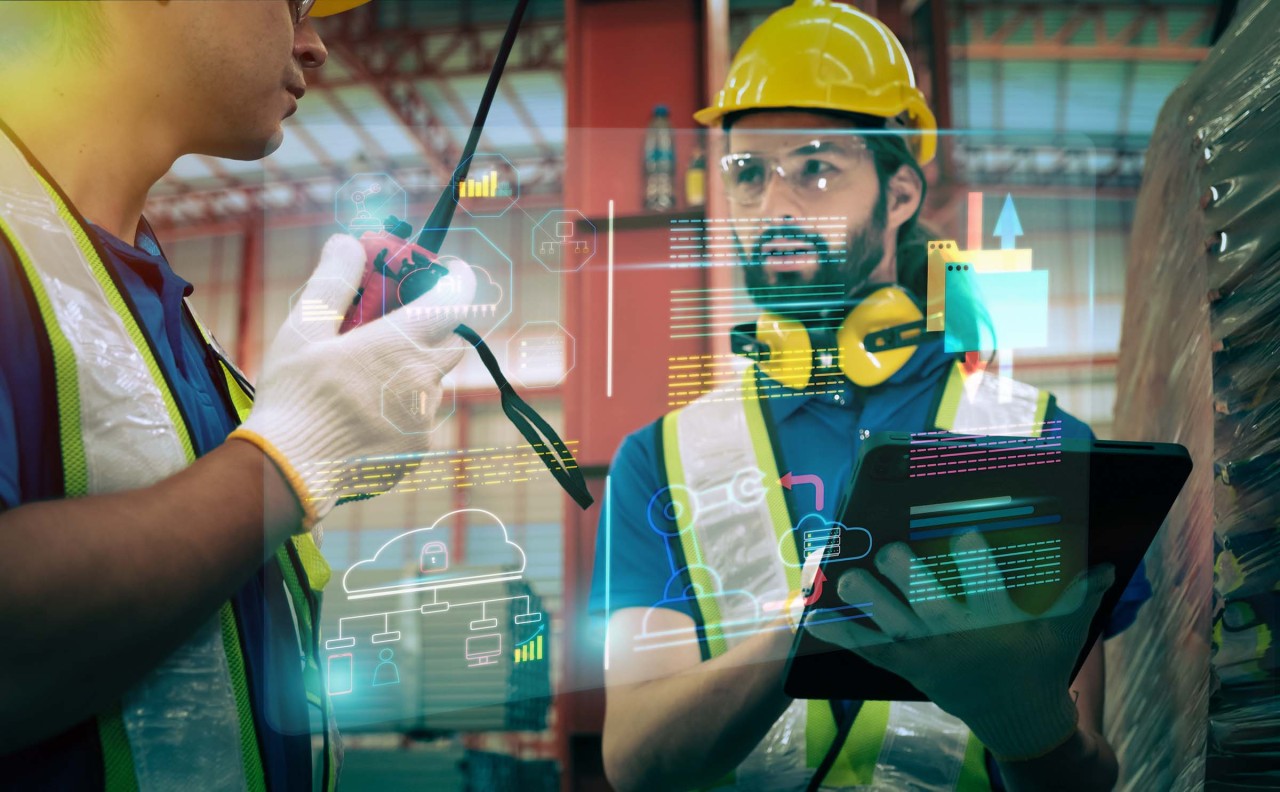These innovations go beyond optimizing existing maintenance strategies - they’re redefining how assets are monitored, managed, and maximized. For process engineers, frontline operators, and business leaders, the shift is not just evolutionary - it’s fundamentally reshaping the way they work.
For the Ultimo Maintenance Trend Report published last month, Ultimo partner TwinThread contributed an article about how its Industrial Cloud Platform sits at the heart of this transformation. They are blending Industrial AI, digital twins, and no-code/low-code development tools to help organizations accelerate innovation and drive continuous improvement without ripping and replacing legacy infrastructure.
I chatted with Jason Dietrich, Chief Revenue Officer, at TwinThread who tells us more.
In your experience, what’s challenging industrial businesses?
They face unrelenting pressure to raise productivity, reduce downtime, and do more with less. At the same time, many of these organizations are built on legacy systems that, while still functional, struggle to keep pace with the agility modern production environments demand. This is where digital transformation technologies are stepping in - not as wholesale replacements, but as high-value enablers that unlock untapped potential in existing systems.
What’s the role of real-time decision-making?
Digital twins, the virtual representations of physical assets and processes, are changing how engineers interact with highly valuable assets. When paired with AI models that continuously learn and optimize from streams of data from systems supporting industrial processes such as control systems, historians, and LIMS, they provide real-time feedback on production stability. This means process engineers don’t just learn about problems after the fact, they get ahead of them.
Warning systems flag abnormal or unstable conditions before they spiral. These predictive insights can be directly integrated with an EAM platform, enabling real-time alerting, detailed root-cause analysis, and corrective action. When Industrial AI detects an anomaly, for instance, it can automatically create a maintenance ticket, assign resources, and guide technicians through a resolution workflow. The result? Faster response times, better resource allocation, and fewer unplanned outages.
How is your technology empowering frontline maintenance teams?
The emergence of VOCs is also redefining asset oversight. With centralized visibility across diverse production assets, a small team can now proactively monitor performance and intervene early to prevent issues from escalating. The data from VOCs feeds directly into EAM systems, enriching them with context that transforms reactive maintenance into strategic asset management.
This is particularly powerful for manufacturers striving to improve production line uptime and engineering efficiency. By integrating AI-driven alerts into on-shift engineering routines, teams can prioritize their efforts based on predicted risk - not guesswork. Every decision becomes smarter, faster, and more targeted.
How can organizations effectively implement continuous improvement practices across large, complex teams or systems?
Perhaps the most compelling shift is how these technologies empower continuous improvement at a scale that was previously unimaginable. With TwinThread’s pre-built, out-of-the-box solutions, teams can start optimizing equipment and processes in days instead of months. These tools are specifically designed to democratize innovation, putting powerful optimization capabilities into the hands of operators and engineers without needing a team of data scientists.
Moreover, the no-code/low-code development environment means operations teams can tailor the solution quickly, adapting to evolving business needs without complex IT projects. The result is a more agile, resilient organization, capable of iterating and improving continuously.
What strategies can organizations use to maximize and extend the long-term value of their EAM investments?
Rather than replacing EAM systems, technologies like Industrial AI, digital twins, and VOCs make them significantly more intelligent and effective. They breathe new life into systems, transforming them into the backbone of a smarter, data-driven enterprise. For organizations embarking on digital transformation journeys, this integration isn’t just beneficial, it’s essential. Cutting-edge AI applications can feed extremely valuable insight to EAM systems to allow them to direct maintenance in a more cost-effective manner.
As we move toward a more autonomous future, the convergence of these technologies signals a shift from reactive maintenance to strategic operations. Businesses that embrace this supercharged EAM will not only improve asset reliability and reduce costs, but they’ll also set a new standard for operational excellence.
Read the full Ultimo Maintenance Trend Report here.
